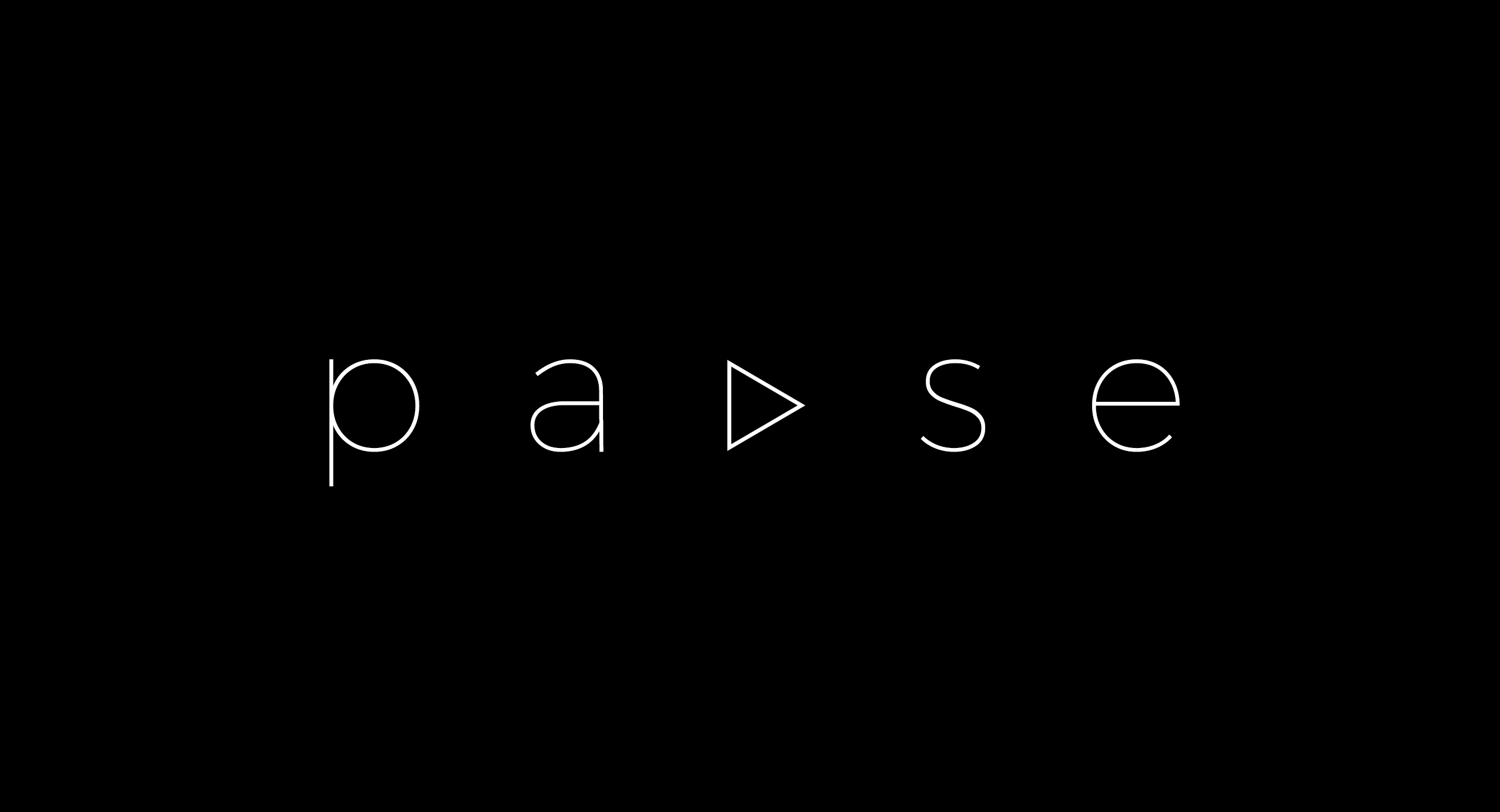Blog
- Strategic Risk Analysis of the Draft Russia-Ukraine Peace Proposal: A Framework for Russian Victory and Perpetual Instability
MEMORANDUM FOR SENIOR GOVERNMENT OFFICIALS
SUBJECT: Strategic Risk Analysis of the Draft Russia-Ukraine Peace Proposal: A Framework for Russian Victory and Perpetual Instability
--------------------------------------------------------------------------------
1. Introduction: The Fundamental Flaws of the Proposed Framework
This memorandum provides a critical analysis of the 28-point draft peace proposal, an instrument of surrender meticulously engineered to appear as a peace treaty. While presented as a mechanism to end hostilities, the plan is fundamentally a blueprint for codifying Russian strategic gains, legitimizing aggression, and institutionalizing a permanent and dangerous asymmetry that guarantees future conflict. The proposal is built on four interconnected pillars of bias that uniformly serve Russia’s long-term interests at the direct expense of Ukrainian sovereignty, European security, and the integrity of the international legal order.
These four pillars—Territorial Re-engineering for Military Dominance, Institutionalized Military Asymmetry, Legalized Impunity, and Coercive Enforcement—collectively engineer the strategic dismemberment of Ukraine. The plan rewards Russia for its invasion with objectives it failed to achieve in combat, provides it with a strategic advantage for future aggression, shields its leadership from accountability for war crimes, and creates an enforcement structure designed to fracture the Western alliance. This memo will dissect these pillars to demonstrate that the proposal is not a viable path to peace but a dangerous capitulation. Its adoption as a basis for U.S. policy must be rejected outright.
2. Pillar 1: Securing Permanent Military Dominance Through Territorial Re-engineering
Territorial integrity is the bedrock of any lasting and just peace. The provisions in this draft plan, however, treat Ukrainian territory not as sovereign land but as a strategic asset to be dismantled. The proposed concessions are designed to permanently cripple Ukraine's long-term defensive capacity, reward Russia with military and economic prizes, and impose a cultural defeat.
Codifying Conquest: From the Donbas to Crimea
The plan engineers the strategic dismemberment of Ukraine by mandating the cession of the oblasts of Crimea, Donetsk, and Luhansk. This provision moves beyond freezing current lines of contact and demands that Ukraine surrender territory its forces currently control, including approximately 14% of Donetsk province that Russia failed to seize through costly combat. By freezing the lines in Kherson and Zaporizhzhia, the plan also secures Russia’s crucial land bridge connecting Russia proper to the Crimean Peninsula. These concessions formally codify conquest, directly violating the foundational principles of the UN Charter.
The Strategic Catastrophe of a Dismantled Defense
The gravest consequence of these territorial amputations is the mandated abandonment of Ukraine’s critically important "fortress belt." This complex, entrenched defensive system, developed since 2014, is the primary shield for Ukraine's eastern interior. Forcing Ukraine to surrender this fortified line is a strategic catastrophe. It would leave Ukrainian defenses "perilously weakened" and provide Russia with a "springboard for a future new offensive." By handing Russia this operational advantage at no military cost, the plan makes future aggression toward Kyiv not only more likely but operationally far less costly for Moscow to execute.
Imposing Economic and Cultural Subjugation
The plan extends Russia's dominance beyond the battlefield. It stipulates that Russia will gain control over 50% of the energy output generated by the Zaporizhzhia Nuclear Power Plant, cementing Russian leverage over Ukraine’s critical infrastructure. Furthermore, it includes demands for "forced Russification," requiring Russian to be an official language and granting formal status to the Russian Orthodox Church, thereby aiming for not only a military but a cultural defeat.
The physical subjugation of Ukraine through these territorial amputations is designed to be irreversible, a permanence legally codified by the military neutralization detailed in the next pillar.
3. Pillar 2: Institutionalizing Military Asymmetry and Perpetual Vulnerability
A durable peace requires a balanced security architecture. This plan does the opposite, imposing severe, binding, and irreversible constraints on Ukraine while offering only rhetorical and easily reversible assurances from Russia. It institutionalizes a state of perpetual military vulnerability for Ukraine, thereby achieving a core Russian war aim through diplomatic coercion.
Crippling Ukrainian Sovereignty
The draft agreement imposes specific and verifiable limitations that dismantle Ukraine's capacity for self-defense:
- Constitutional Ban on NATO Membership: Ukraine would be required to amend its constitution to permanently rule out joining the NATO alliance, fulfilling Russia's primary security demand.
- Military Force Cap: Ukraine's armed forces would be capped at 600,000 troops, a forced reduction of approximately 280,000 personnel from its current fighting strength of 880,000.
- Weaponry Restrictions: The plan mandates the abandonment of long-range missiles and prohibits the stationing of any NATO troops on Ukrainian soil.
In stark contrast, the constraints on Russia are negligible. The plan includes only an "expectation that Russia will not invade neighbouring countries" and a requirement that Russia enshrine a non-aggression policy in its domestic law—a unilateral commitment that can be reversed at any time without consequence.
A Structurally Imbalanced Security Architecture
The following table visually summarizes the profound imbalance in the proposed security provisions, which structurally engineer Russian military supremacy.
Provision Category | Impact on Ukraine (Sovereignty/Defense) | Impact on Russia (Strategic Interest) |
Territorial Cession | Loss of Donbas (including non-occupied areas) and Crimea recognition; abandonment of "fortress belt." | Achieves major war goals, secures land bridge, avoids costly fighting. |
Military Force Limits | Army capped at 600,000 (reduction from ~880,000); ban on long-range weaponry. | Eliminates primary long-term existential security threat; stabilizes border advantage. |
NATO Status | Constitutionally barred from joining Western bloc. | Achieves core Russian security demand (neutralization). |
Russian Military Limits | Expectation of "not invading neighbouring countries"; internal non-aggression law. | Negligible; no structural constraints imposed by treaty or foreign oversight. |
Russia’s unconstrained military power under this plan is matched only by the legal impunity it is granted for its actions during the war.
4. Pillar 3: Legalizing Impunity and Dismantling International Accountability
Accountability for aggression and atrocities is a prerequisite for any legitimate post-conflict resolution. The draft plan’s amnesty provision is not a minor concession but a central feature designed to serve a core Russian interest: immunizing its leadership and military from prosecution for international crimes and dismantling the global justice framework.
The Systemic Erasure of War Crimes
Point 26 of the draft grants "full amnesty for their actions during the war" to "All parties involved." This expansive language is designed to erase legal responsibility for systemic atrocities and directly conflicts with the jurisdiction of the International Criminal Court (ICC), which has issued arrest warrants for senior Russian officials, including President Putin. By attempting to nullify the ICC's authority, the clause undermines jus cogens—the peremptory norms of international law from which no state can deviate—and rewards the commission of atrocities with guaranteed impunity.
An Invitation to Future Atrocities
The long-term strategic damage of this provision cannot be overstated. By removing individual responsibility for the most serious international crimes, the plan sets a dangerous global precedent. As legal experts have assessed, "dangling such an amnesty is a virtual invitation to more atrocities." It signals to powerful states that they can use diplomatic negotiations to erase accountability for the crime of aggression and systematic war crimes, severely weakening the international community's capacity for deterrence.
Having neutralized international law, the plan's architects proceed to neutralize the Western alliance itself through a coercive and divisive enforcement architecture.
5. Pillar 4: A Flawed Enforcement Structure Designed for Coercion and Alliance Fracture
The credibility of any peace agreement rests on its enforcement mechanism. The draft proposal creates an unconventional and legally dubious structure centered on a "Peace Council" and a financial architecture designed to centralize control, apply asymmetrical pressure on Ukraine, and deliberately fracture the transatlantic alliance.
The Legally Dubious "Peace Council"
The proposal establishes a "Peace Council" headed by a single non-state actor granted unilateral authority to impose sanctions. This is a profound and dangerous departure from international norms, where sanctioning authority is reserved for sovereign states or multilateral bodies like the UN Security Council. Delegating such power to an individual outside any institutional framework of due process and accountability makes the entire mechanism vulnerable to politicization.
Weaponizing Finance to Fracture the West
The plan’s financial provisions are engineered to reward Russia and divide its opponents:
- Rewards for Russia: The plan proposes the lifting of all sanctions and Russia's return to the G8, normalizing its geopolitical standing and revitalizing its economy.
- Alliance-Splitting Mechanism: The proposal weaponizes frozen assets to deliberately fracture the transatlantic alliance. It demands that the U.S. take 50% of the profits from invested frozen Russian assets, most of which are held in European clearinghouses like Euroclear in Belgium (totaling around €140 billion). This unilateral demand "blindsided" and created "outrage" among European officials, risking a fatal rift in the Western coalition.
- Asymmetrical Coercion: The enforcement model is explicitly designed to use "incentives and carrots with Moscow," while reserving the threat of sanctions and withdrawal of support for Kyiv, placing Ukraine in a permanently subordinate and vulnerable position.
The plan's legal, military, and enforcement structures all point to the same outcome: a peace dictated on Russian terms, enforced through coercion, and paid for by Ukrainian sovereignty and Western unity.
6. Conclusion and Recommendation
The 28-point draft peace plan is not a framework for a just and durable peace. It is a Russian victory script that legitimizes aggression, institutionalizes strategic imbalance, and guarantees future instability in Europe. Its provisions systematically reward Russia for its invasion while stripping Ukraine of its territory, its defensive capacity, and its sovereign right to seek justice.
Adopting this framework would introduce three major systemic risks to the international order:
- Legitimizing Conquest: The plan violates the fundamental principle of non-acquisition of territory by force, setting a dangerous precedent that military aggression can yield internationally recognized territorial gains.
- Institutionalizing Impunity: The blanket amnesty nullifies global justice efforts, particularly the work of the ICC, and establishes a precedent that war crimes and the crime of aggression can be erased through negotiation.
- Guaranteeing Future Aggression: A demilitarized Ukraine, stripped of its critical defensive fortifications, would be perpetually vulnerable and unable to deter a renewed Russian attack, making future conflict highly probable.
Formal Recommendation
The United States must reject this 28-point draft proposal in its entirety. The stark contrast in stakeholder reactions confirms its profound bias: while Russian President Vladimir Putin stated the proposal "could form the basis" for peace, Ukrainian President Volodymyr Zelenskyy warned his nation faces a "very difficult choice, either losing its dignity or the risk of losing a key partner." To force an ally into such a position is incompatible with American interests in upholding international law, supporting sovereign democracies, and ensuring long-term European stability.
U.S. policy must instead focus on strengthening Ukraine's defensive position to create conditions for a genuine peace negotiation. Any future diplomatic framework must be grounded in the principles of the UN Charter, mandating full respect for sovereignty, territorial integrity, and accountability for the crime of aggression.



No Comments
Signup or login to leave a comment